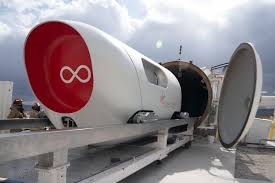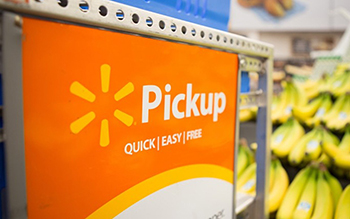
There is little doubt that technology has transformed the Logistics business in the last several years. Will we ever get to fast enough or efficient enough? It's not likely. Under pressure exerted by demand for instant gratification, new tech-first logistics providers are beginning to pervade the fulfillment environment. Without the autonomous hardware that promises to supersede traditional road transportation, they are instead leveraging digital tools to improve the performance of manually executed deliveries and reduce lead times from days to hours, with 24 being today’s bargain-basement service level. These companies, through the use of customer-integrated business platforms, mobile technology, and crowd-sourcing, are finding ways to pick orders within minutes of receiving them, dispatch deliveries on-demand, and bring buyer’s purchases to them in time-frames of two hours or even less. How are logistics professional going to keep this pace? Here are some technology trends that may be worth a look as we enter 2021 and beyond.
Robotics
Given the energy and investment in robotics in our space, suggesting that there will be a robotics trend in 2021 is pretty obvious. After all the pilots and promises, what seems to be happening is that robot solution providers, and the end user community, are realizing that there is no one size fits all robotic applications. Quite the opposite is true. The customization is proving so complicated due to the advanced operations of the robots that the programming and engineering has become problematically complicated. Robotic applications are a very customized solution depending upon the product line, distribution protocols and warehouse volume parameters. The challenge, in addition to the design, will be the management system that can bring the components in synchronicity with the rest of the automation. The difficulty seems to be that there is no standardization among the robotic providers. Each have their own standards, communication protocols and capabilities. Someone will have to figure all of that out as robots proliferate. The next generation robots will not just be tasked with simply, repetitive and mundane projects as were the first generation. The robots of today will be much more complicated providing a wide range of services. As you increase the tasks you increase both the software and hardware configurations necessary to support the project. These ambitious goal will certainly be a challenge to the engineers and programmers.
Edge Computing
Read More












 Land-Link, a well respected professional organization, has been providing its clients with effective transportation and logistics solutions since 1978.
Land-Link, a well respected professional organization, has been providing its clients with effective transportation and logistics solutions since 1978.

